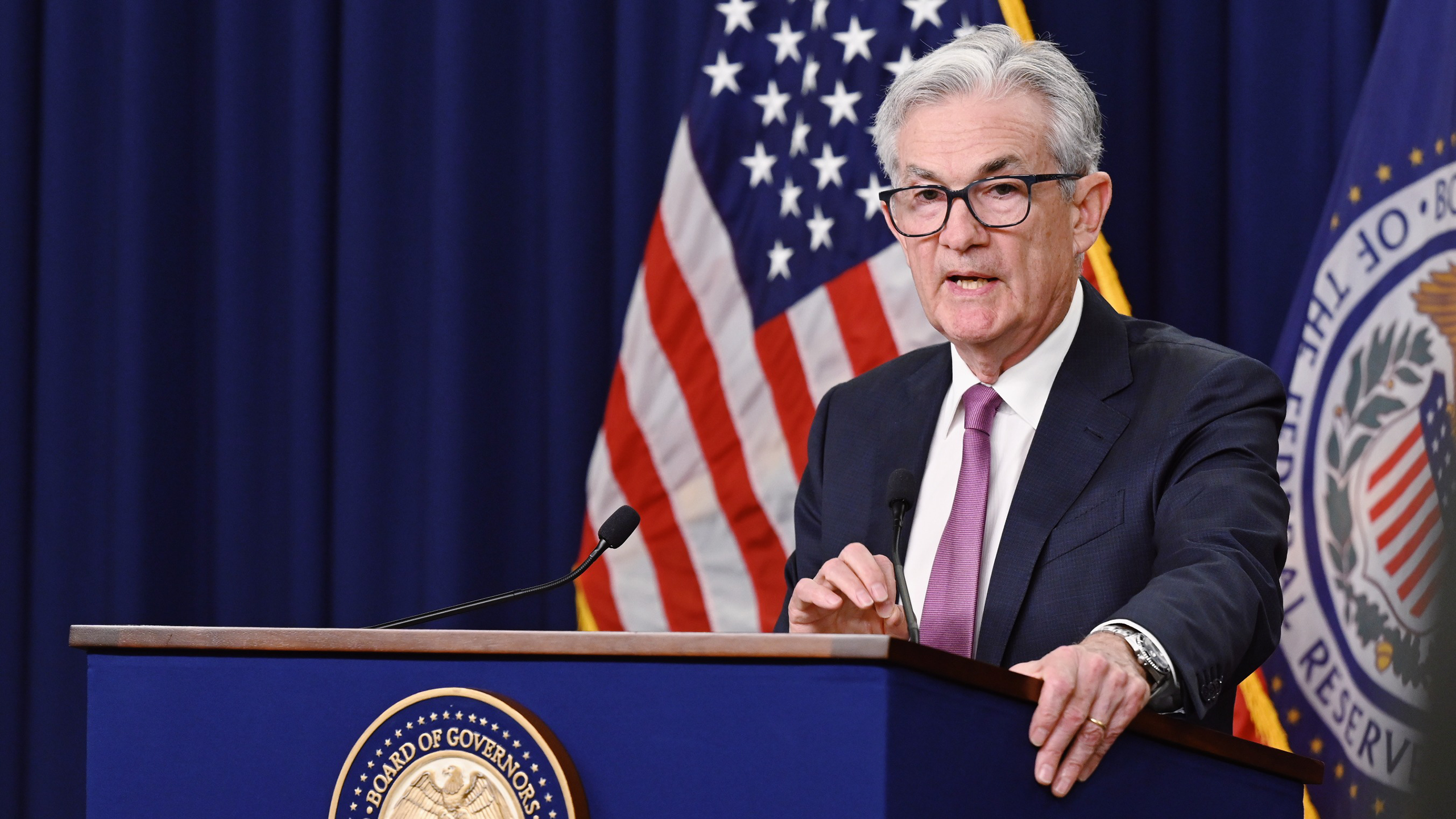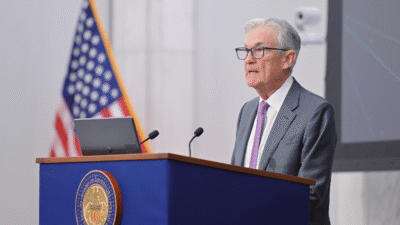The Fed Cut Interest Rates Exactly as Planned. But What’s Next?
The US Federal Reserve continued its interest rate deescalation with a 25 basis point cut — exactly in line with consensus expectations.
Sign up for smart news, insights, and analysis on the biggest financial stories of the day.
On Thursday, to the surprise of virtually no one, the US Federal Reserve continued its interest rate deescalation with a 25 basis point cut — exactly in line with consensus expectations.
The next move is less obvious now that a new administration is coming to town touting tariffs, which are likely inflationary.
Cut It Out
In September, Fed officials prescribed a “neutral policy” (i.e., one that neither stimulates nor restricts the economy), and said that they see rates falling to as low as 3.5% by next year; Thursday’s cut brought rates down to a range between 4.5% and 4.75%. But likely en route is a new economic policy package of mass deportation, tax cuts, and higher tariffs — which some economists think could spark strong short-term growth at the cost of medium- to long-term inflation. The definition of “neutral” policy may be subject to change.
Investors in interest rate futures markets have adapted their view, now pricing in rates of 3.6% by 2026, up from predictions of 2.8% in September, according to Citi data seen by The Wall Street Journal. Fed officials in September, for their part, suggested a 50/50 chance of another quarter-point cut in their December meeting; on Thursday, they were far more coy.
For central banks across the world adjusting to a new US regime, the question of what’s next is even more complicated:
- The Bank of England also had a crack at the new era Thursday, matching expectations by reducing rates by 25 basis points. Inflation in the UK dipped below 2% in September for the first time since 2021, but the central bank cautioned it could rear its head again, and cast doubt over another cut this year.
- The European Union will likely be slightly different. In a note Thursday, ING noted that “risks to the eurozone growth outlook have clearly shifted to the downside” in the wake of the election, making a 50 basis point cut in December more likely. Meanwhile, in Japan, the yen has weakened against the dollar, meaning rate increases are more likely in the imminent future.
Job Security: Underlying everything is the job security of Fed Chair Jerome Powell and the independence of the institution writ large. Trump has vacillated on Fed independence through his campaign, and, since elevating him to Fed chair in 2018, has frequently criticized Powell — even threatening to remove him, a legally fraught move that no president has ever attempted. A source told CNN Thursday that Trump intends to let Powell serve the remainder of his term, through May 2026. Powell, meanwhile, reminded reporters that his removal is “not permitted under the law.”












